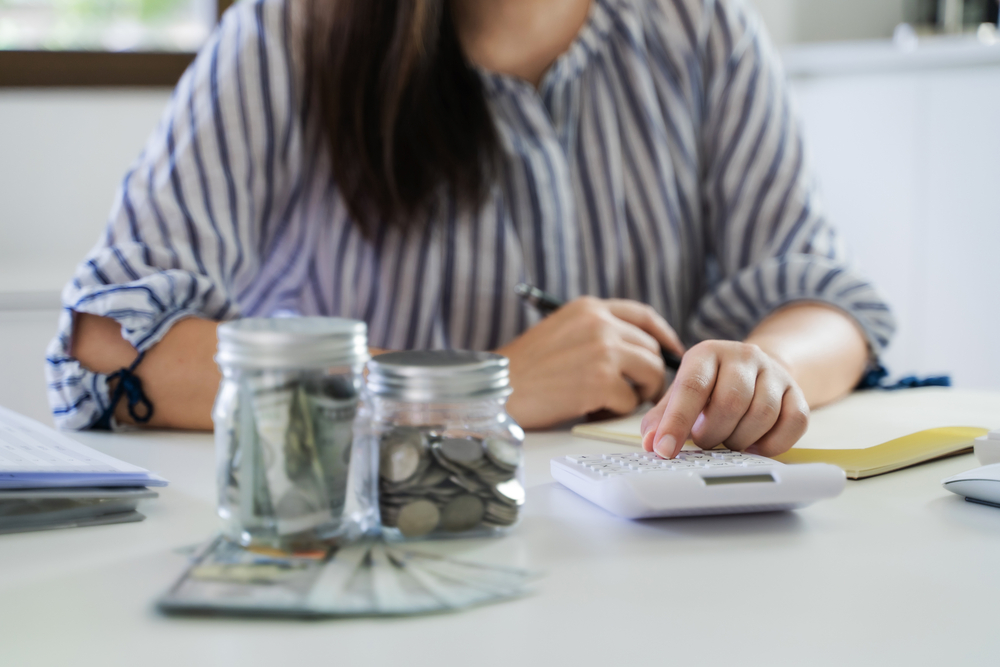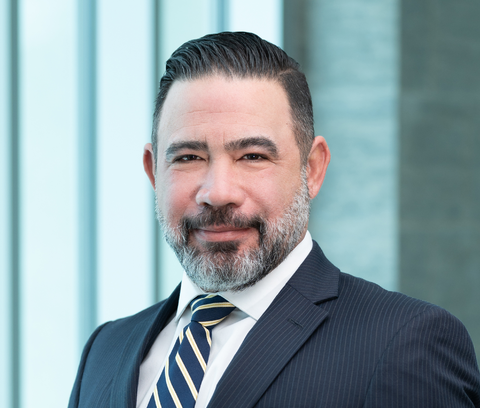Savings
Emergency Funds: How Much to Save and How to Start

Unexpected events are a given. Sudden job loss, a medical emergency, or urgent car repairs can come out of nowhere. These surprises often come with financial strains, and that's where an emergency fund comes in handy. This fund is a financial safety net, preparing you for any storm. But how much should you save, and where do you even begin? This quick guide is for those who understand the need to save but are unsure how to start.
Understanding Emergency Funds
An emergency fund is money set aside to cover unexpected life events that can significantly impact your finances. It's different from regular savings or investment accounts you tuck away to grow. These savings are easily accessible during emergencies.
How Much Should You Save?
There is no one-size-fits-all when it comes to emergency funds. The size of your emergency fund can depend on your lifestyle, monthly expenses, and financial obligations. A general rule is to save enough to cover 3 to 6 months' worth of living expenses. This should give you a cushion without derailing your financial goals or increasing your debt.
Starting Your Emergency Fund
Step 1: Evaluate Your Monthly Spending
First, list the main bills you have every month. This includes housing (rent or mortgage), utility bills (electricity and water), groceries (you have to eat), transportation (gas or bus fare), and other costs. This will give you a clear picture of the minimum amount you need each month.
Step 2: Set a Savings Goal
Set a realistic savings goal for your emergency fund based on your expenses. Remember, starting small is okay, especially if you're new to saving. The key is consistency and gradually building up to your target amount.
Step 3: Break it Down Even More
Divide your big savings goal into smaller, more manageable monthly or weekly targets. For example, if you aim to save $1,500 a year, break it down to $125 per month or about $30 per week. This will make the goal easier to tackle.
Step 4: Choose the Right Savings Account
Balance is key for your emergency fund. You want your money within reach for real emergencies but not so available that you're tempted to use it daily. Aim for a high-yield savings account that provides access but has guidelines to keep you from withdrawing often. A high yield means a higher interest rate than standard savings accounts, which means your emergency fund money can grow faster over time simply by being in the account.
Step 5: Automate Your Savings
Save time and brainpower by setting up automatic transfers from your checking account to your emergency fund when you get paid. This way, saving money becomes a regular part of your life. Over time, even small amounts saved here and there can add up to a lot, making saving effortless.
Step 6: Review and Adjust Regularly
Life changes, and so will your financial needs, so review your emergency funds now and then. A quick review every 6 to 12 months ensures your savings plan fits your current living expenses. If your expenses increase, adjust your savings goal. If you start making more money or find other ways to save, you can put more into your emergency fund to reach your goal sooner.
Tips for Growing Your Emergency Fund
- Cut Unnecessary Expenses: Look at your current spending habits and see where you can cut back. Moving even a little money from things you don't need into your emergency fund can help speed up your progress.
- Use Visual Motivators: Make a chart or a "savings thermometer" to track your savings goal and place it where you'll see it every day. Fill in the chart each time you add money to your emergency fund. You can also use apps or websites that help you visualize your savings, turning your progress into a fun game. This visual reminder will motivate you to celebrate even the smallest efforts of growing your financial safety net.
- Find “Extra” Money: To grow your savings faster, you might try freelance work, selling things you don't need, or starting a small side business. Look for opportunities to add to your fund, such as tax refunds, work bonuses, or money from side gigs. Remember, every little bit helps.
- Keep It Separate: You must keep your emergency fund separate from the checking account you use every day. You may want to combine them, but your emergency fund should be a “set it and forget it” fund. This way, you won’t see that sum of money and be tempted to spend it.
- Learn to Say No: Sometimes, saving for your emergency fund means skipping what you want right now. Remember, it's all about making sure you're safe and secure in the future. Saying "no" to some wants today can help you say "yes" to more important needs in the future, and that financial security is priceless.
Starting an emergency fund can feel overwhelming, but it's vital to keeping your finances safe. So, calculate your monthly spending, set your savings goal, and regularly add a little at a time. This will help you build a solid safety net. Remember, the best time to save for emergencies is before they happen.
Take a peek at our high interest rate Rainy Day Savings account and start your emergency fund today!



